Manchester District Music Archive is proud to launch a new digital exhibition created in partnership with the University of Manchester Students’ Union.
The exhibition, Manchester Academy Memories, documents the history of concerts and club life at the Students’ Union from 1963 to the present day and has been curated by Abigail Ward (MDMA) and Rod Connolly.
It features 435 digitised artefacts relating to artists such as Jimi Hendrix, David Bowie, The Slits, Daft Punk, Björk, Nirvana, The Kinks, Adele, Prince and Led Zeppelin. Many of these items, which include tickets, photos, press articles and videos, have been uploaded to the archive by the general public.
An introductory essay by Abigail Ward, written to accompany the digital exhibition, is reproduced below:
Manchester Academy Memories: Concerts & Club Life at the University of Manchester 1963-2016
“When entering for the first time a town like Manchester, a stranger, overwhelmed by the new and interesting spectacle presented to him, scarcely dares look this giant full in the face at once…” From “Ireland, Scotland and England” by J.G.Kohl, 1844.
*
‘You ask him.’
‘No, you ask him!’
‘No, you!
This was how it would start.
For my sister and I, aged thirteen and fifteen respectively, the first hurdle to be cleared after seeing an enticing Manchester Academy gig advertised in Melody Maker was persuading our dad to give us a lift. We lived in Preston and were a bit young for the perils of the last train home. We’d been very focused on music since being toddlers, really, but in 1992 things moved up a gear after we experienced our first big gigs: Michael Jackson at Wembley and James at Alton Towers. By 1993 we were in full throttle, obsessed with live music and constantly hatching schemes to witness our heroes play, more often than not at the Academy or one of its smaller sister venues in Manchester University Students’ Union. All I wanted to do was move to Manchester – the music city. By ‘94 I’d managed to move out of my parents’ house and by ‘95 my sister and I had our own band. Three years later, I achieved my ultimate dream: a council flat in sunny Longsight, a mere skip and a jump from the Academy. I started working in a record shop. Listening, playing, watching, selling. I had landed.
During the nineties, I saw some unforgettable gigs at Academy venues, including Manic Street Preachers, Jeff Buckley, PJ Harvey, Tricky and Pulp. (It killed me that I couldn’t get into Bowie in ‘97.) These were potent moments in my young life – euphoric, boozy, full of mystery. I would scrutinise the mix, the drums, guitar pedals, mics, keen to learn how it all worked. Gigs were physically demanding at times (especially at the Academy), and not without the occasional pang of sadness. I can still see Richey Edwards at the Academy in ‘94, rail-thin and scabby, hanging over his microphone stand like James Dean in Giant, not even pretending to play guitar any more.
I saved all of my tickets, many of which feature in this digital exhibition, which has been an absolute joy to curate. Funded by the University of Manchester Students’ Union, the project was conceived as a way of celebrating the 25th anniversary of Academy 1, whilst exploring the cultural legacy of all of the University venues, from 1963 to the present day. And it’s not just about the big names that have passed through the venues, it’s about the social and political histories that are inextricably entwined with the music. These are particularly evident in the cuttings we’ve included from student newspapers The Manchester Independent and the Mancunion. We hope you enjoy these glimpses into student life across the decades.
Whilst I did spend a number of days seeking out material for this project in physical archives, many of the items included have been uploaded by the general public: crowd-sourced heritage in action! Thank you to everyone who has made a contribution.
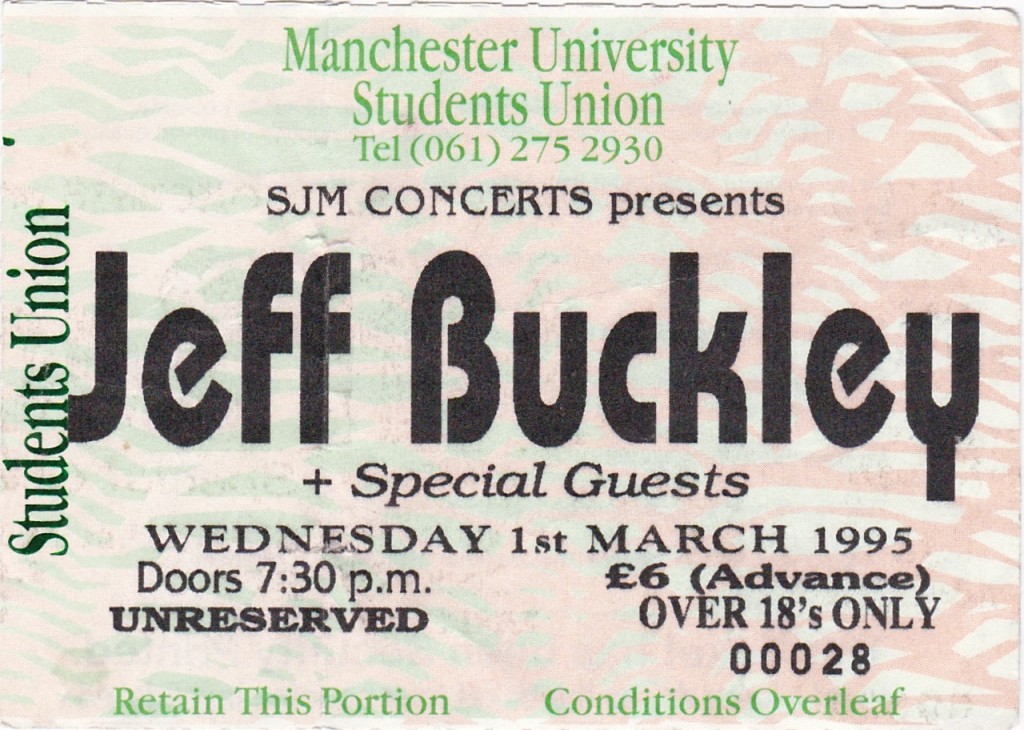
Manchester Academy (now Academy 1) opened in 1990 on Oxford Road, following years of debate about an extension to the main Students’ Union building (erected 1957) a little further down the road. Gigs and club nights had been promoted by the Union since 1963 across a number of places:
The Main Debating Hall (now Academy 2)
The Hop and Grape (formerly Solem Bar, now Academy 3)
The Cellar (now Club Academy)
UMIST (the Tech Union/Undergound/Barnes Wallis Building)
Whitworth Hall (no longer used for gigs)
The Squat (now demolished)
But it was time for a purpose-built venue with a bigger capacity.
Costing £1.2 million, the Academy originally housed a bank, a bar and a catering facility. It opened with a capacity of 1500, rising to 2000 soon after. It was run on a commercial basis; profits from band nights and club nights were funnelled back into the Students’ Union. Fittingly, the first musicians to grace the stage were Manchester punk icons Buzzcocks on October 7th 1990.
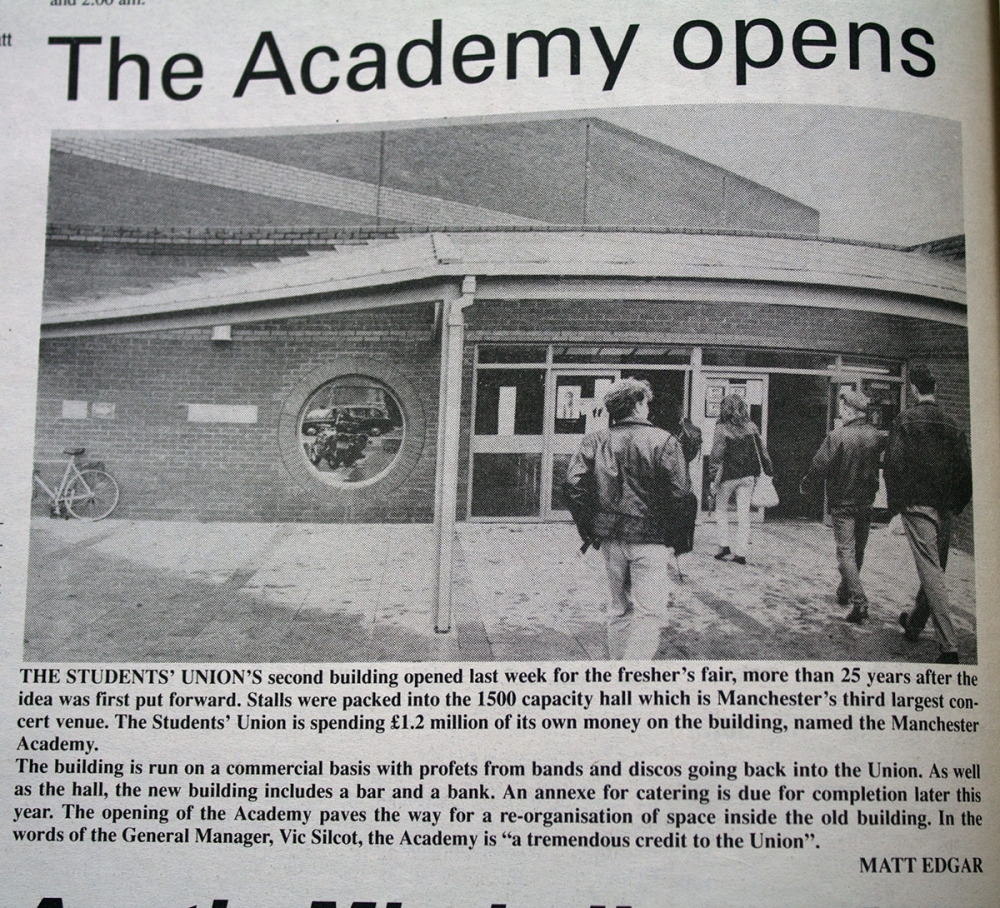
Some months before the opening, the Union appointed a full-time Entertainments and Marketing Manager, Sean Morgan, who swiftly entered into a partnership with Manchester-based promoters SJM Concerts (founded by Simon Moran), allowing SJM first option on gig dates for local and visiting artists. Live music was flourishing nationwide; it was boom time for both parties.
In an interview for this project in September 2016, Morgan said, ‘I was ambitious. I was empire-building. I wanted to run the biggest venue complex in the country and put the most gigs on. At one point we put twenty-six bands on in one week.’
‘We worked really hard to see off the competition. Bands and their crews knew that if they came to the Academy, we’d look after them, y’know, take ‘em out on the lash afterwards. They could go to the International 2 [in Longsight] and be stuck out in the middle of nowhere, or they could come to us and get looked after.’
During Sean’s 21-year tenure he was responsible for booking some huge names across all four Academy venues, including Nirvana, Radiohead, Dizzee Rascal, Daft Punk, Patti Smith, Blur, Eminem, The Chemical Brothers and Amy Winehouse. He claims the best gig he ever saw at the Academy was David Bowie in 1997.
‘Bowie was doing a tour of 2000-capacity venues and approached the Academy to play. It was always going to be a “yes”. His sheer showmanship and presence were amazing.’
But Sean’s proudest moments were bringing over his beloved American country stars Townes Van Zandt in 1994 and Scotty Moore (Elvis’s guitarist ) ten years later.
Morgan also oversaw scores of successful club nights, citing rave night Solstice ’91, with resident DJ Dave Booth, as the best atmosphere he ever experienced at the Academy.
In 2011 Sean left the Union and now works for Academy Music Group (no relation). In September 2013, following further refurbishment, the capacity of Academy 1 was increased to 2,600. The venue celebrated its 25th anniversary with a string of significant gigs throughout 2015-16, including Buzzcocks, Garbage and Happy Mondays.
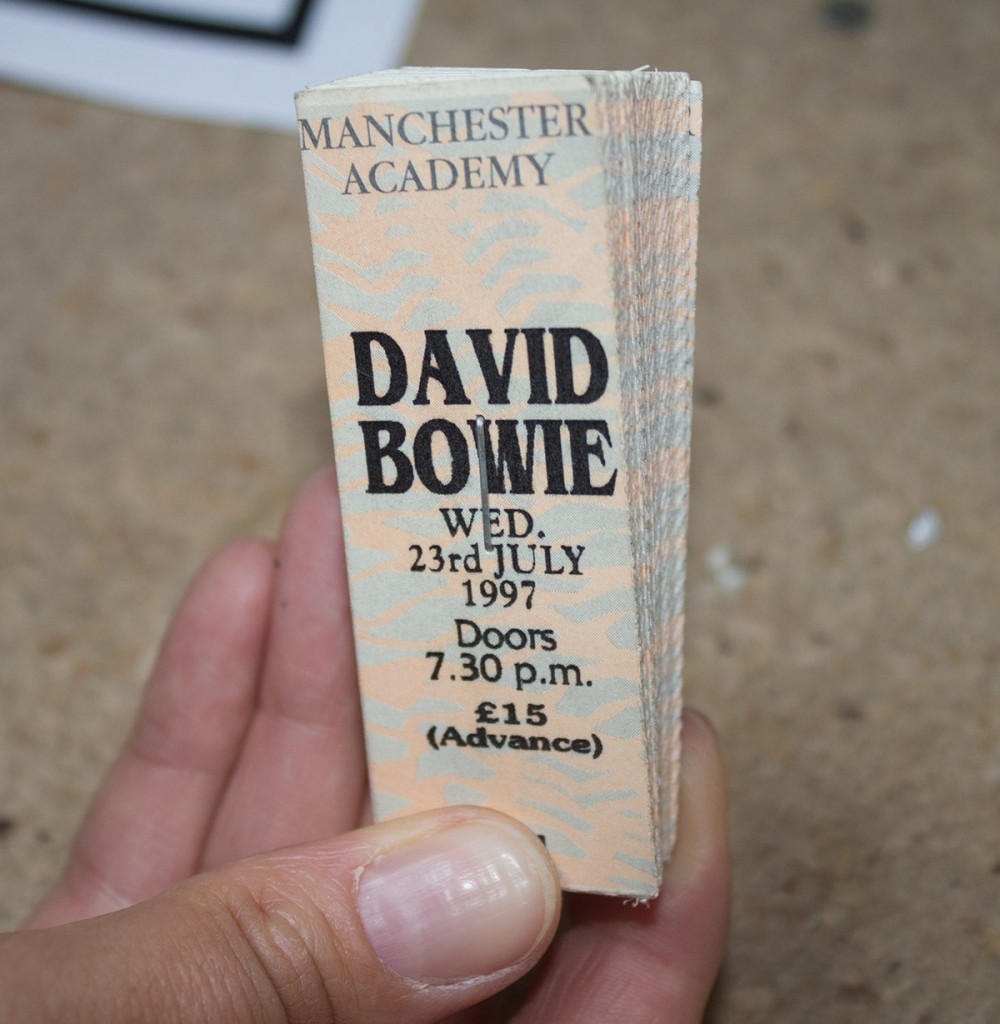
But how did it all begin?
The Union’s early forays into concert promotion are documented, albeit sketchily, in student newspaper The Manchester Independent. Jazz bandleader Humphrey Lyttleton kicks things off in 1963. A mere two years later Socials Secretary Chris Wright (future co-founder of Chrysalis Records) is booking the likes of the Spencer Davis Group, The Who and The Yardbirds. A Kinks gig at the Rag Ball in March ‘65, however, ends in ‘confusion and brawls’ as the band is bottled off stage. Gig reviews from this period often hint at an element of chaos! Jimi Hendrix stops by in 1967. We’ve included a rarely seen interview with Jimi at the Union by Jill Nichols culled from the Independent.
An interesting story featured in this exhibition is that of the Corporation Act 1965 – a law that allowed venues to be closed on the spot by police if they suspected staff or punters were up to no good. In ‘65 there were around two hundred beat music clubs in Manchester (hard to imagine). They were mainly booze-free members only clubs where young people would drink coffee and dance all night to beat groups. But by the end of ‘66, following the introduction of the act, there were just three clubs remaining. The act was highly unusual in that it was passed by parliament, but applied only to one UK city: Manchester. The city’s music scene was decimated.
In an exclusive interview for this project (which you can listen to within the exhibition), cultural historian Dr. CP Lee says: ‘Against the background of the Corporation Act, it’s hard to overstate the importance of Manchester University for music fans at this time. It was a lifeline. It was our lifeblood. I virtually lived there, even though I wasn’t a student.’
Moving into the early seventies and one of the most intriguing episodes in the Union’s history begins: The Squat.
The Squat was originally the old College of Music. It was situated on Devas Street, between where Big Hands and the Contact Theatre are now. In October of 1973, after the University threatened to demolish the building in favour of a car park, it was occupied by a group of students who were protesting against three things: the student accommodation crisis, the lack of facilities provided by the University for community activities and the proposed demolition of the music college itself. The Squat was turned into a multi-purpose ‘art lab’, with spaces for theatre projects, gigs, band rehearsal and visual art.
For a time, the occupation was financed by a weekly music night held on a Friday in collaboration with Music Force, the socialist music agency put together by, amongst others, renowned blues guitarist Victor Brox and jazz drummer Bruce Mitchell (Greasy Bear, Albertos, Durutti Column). Music Force was set up in part as a response to the effects of the Corporation Act, which had resulted in a paucity of work for Manchester’s once very busy musicians. The collective provided everything you might require to put a concert on: musicians, PA and equipment hire, flyposting, the full works. The Squat and Music Force both played vital roles in the Manchester punk and post-punk scenes. During its 8-year life the venue played host to New Order, The Fall, The Stranglers, Alberto Y Lost Trios Paranoias and several Rock Against Racism nights.
1981 was a great year for music, which filtered through to gigs at the Union. Bookings included U2, The Au Pairs, Aswad, The Cramps, Linton Kwesi Johnson and The Beat. Things seem to slow down a little gig-wise in the mid-80s, but the Cellar Disco (now Club Academy) packed the punters in. One exhibition contributor reminisces about doing a disastrous drunken somersault in there to the strains of Caberet Voltaire’s ‘Nag Nag Nag’!
1989 saw visits from indie royalty The Happy Mondays, My Bloody Valentine and Sonic Youth. Then in October 1990 the Academy opens and ticket sales go through the roof. The Charlatans, Northside and New Model Army do two sell-out nights apiece. The LA’s, Paul Weller and Devo also stop by.
Which brings us back to where we started. It’s 1993 and I’m getting the breath shoved out of my lungs at my first ever Academy show: Smashing Pumpkins and Verve. Dad is making a pint last four hours over the road at Jabez Clegg. My plan to move to the city is a tiny seed in my fourteen-year-old mind.
This digital exhibition is full of great stories from true music fans: in 1968 a young audience member is gifted a harmonica by Captain Beefheart in the Main Debating Hall. In 1992 the drummer from Pavement confuses everyone by handing out carrots to the audience. In 1995 a sixteen-year-old Julian Cope fan gets a full snog with tongues from her hero in the Academy. Around the same time a clubber at Megadog spends the entire night in a toilet cubicle and has the time of her life.
This project is dedicated to those fans – to everyone who has taken the time to share a memory; to Manchester District Music Archive’s team of volunteers; and also to my dad, who took me to the Academy in the first place all those years ago.
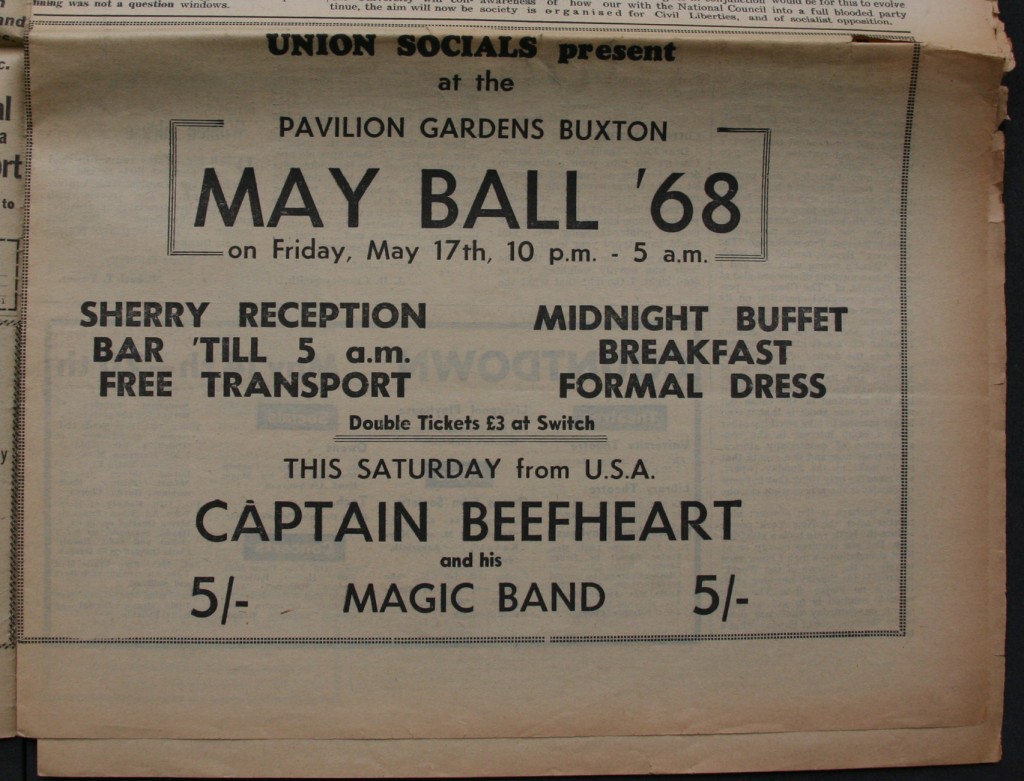
Notes:
• If you would like to contribute an artefact or story, just upload it to Manchester District Music Archive and we will add it to the exhibition.
• Only bands/artists from Greater Manchester are searchable in our database.
• If we are unsure of the exact venue the artefact relates to, or if it relates to several Union venues, we have used the tag Manchester University.
• Dates added to press articles refer to the publication date rather than the gig date.
• Gig ladders are usually dated with the earliest date on the advert.
• Due to time and budget constraints many press articles have been photographed quickly, sometime in poor light, rather than scanned.
• We’ve done our best to credit photographers and journalists clearly. Please give us a shout if we’ve missed something: info@mdmarchive.co.uk
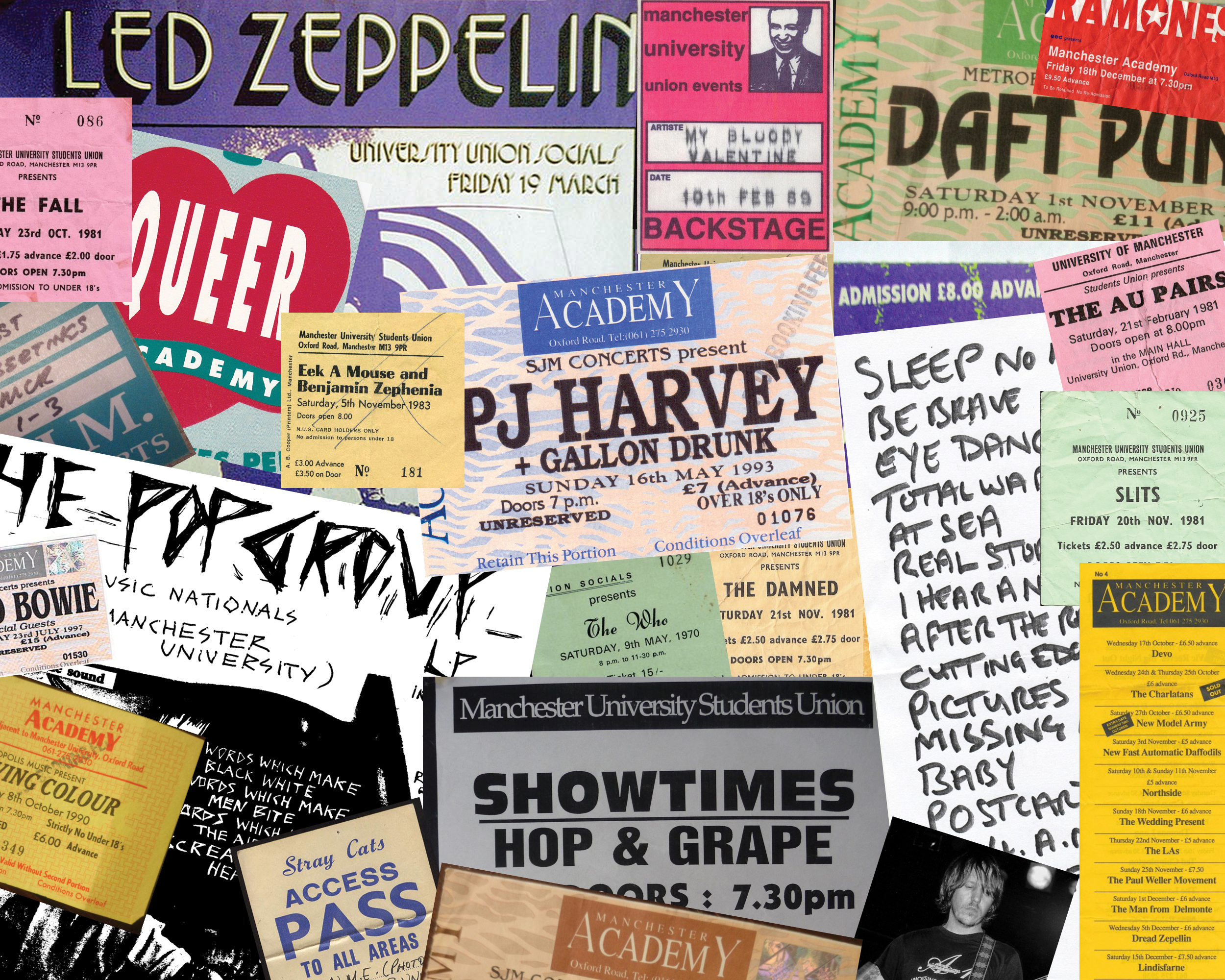
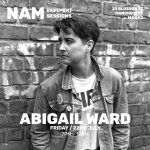
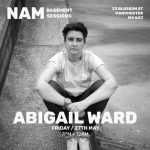

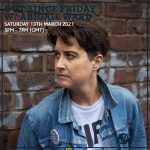
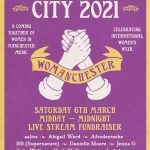
Comments by Abigail Ward